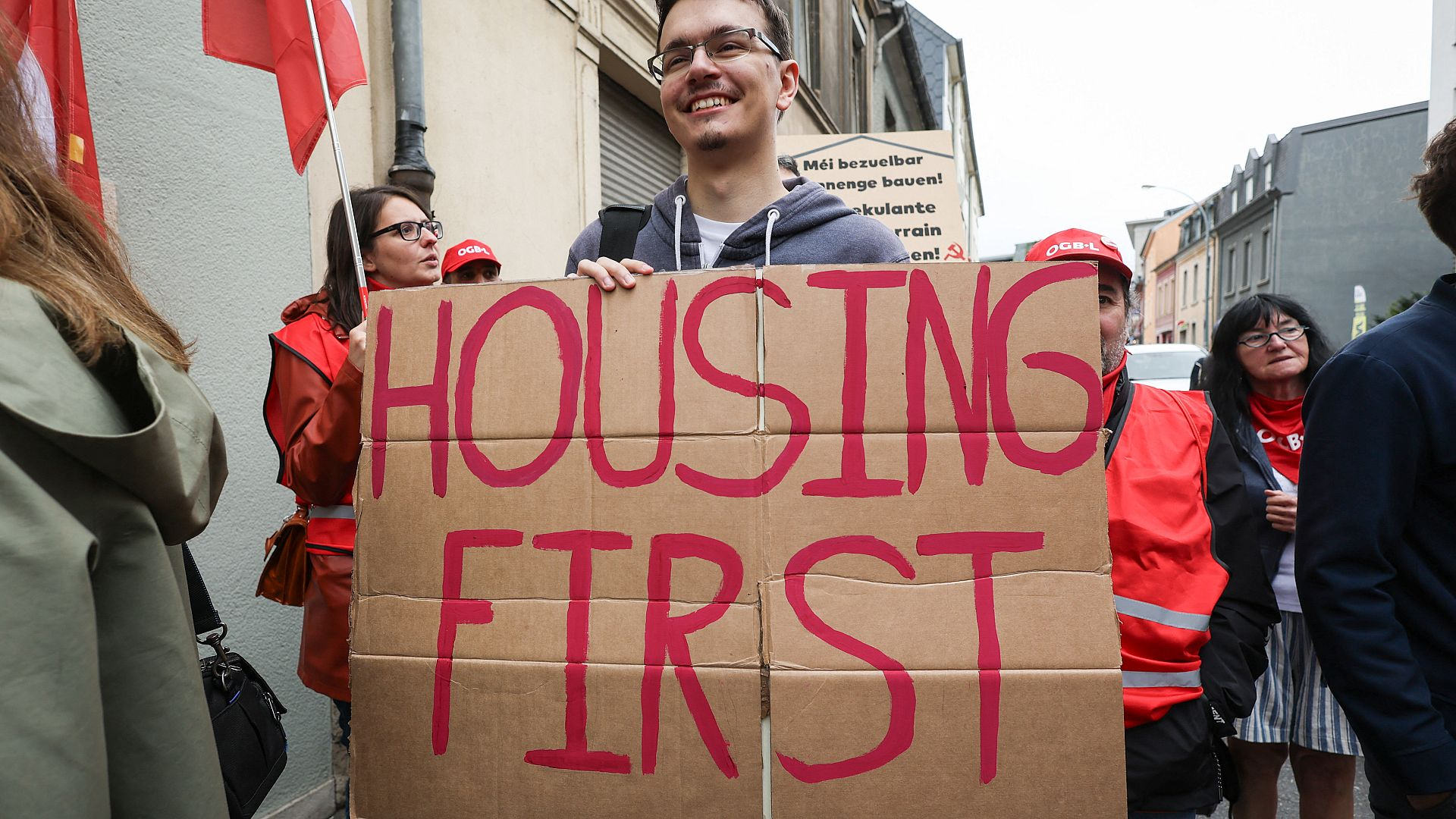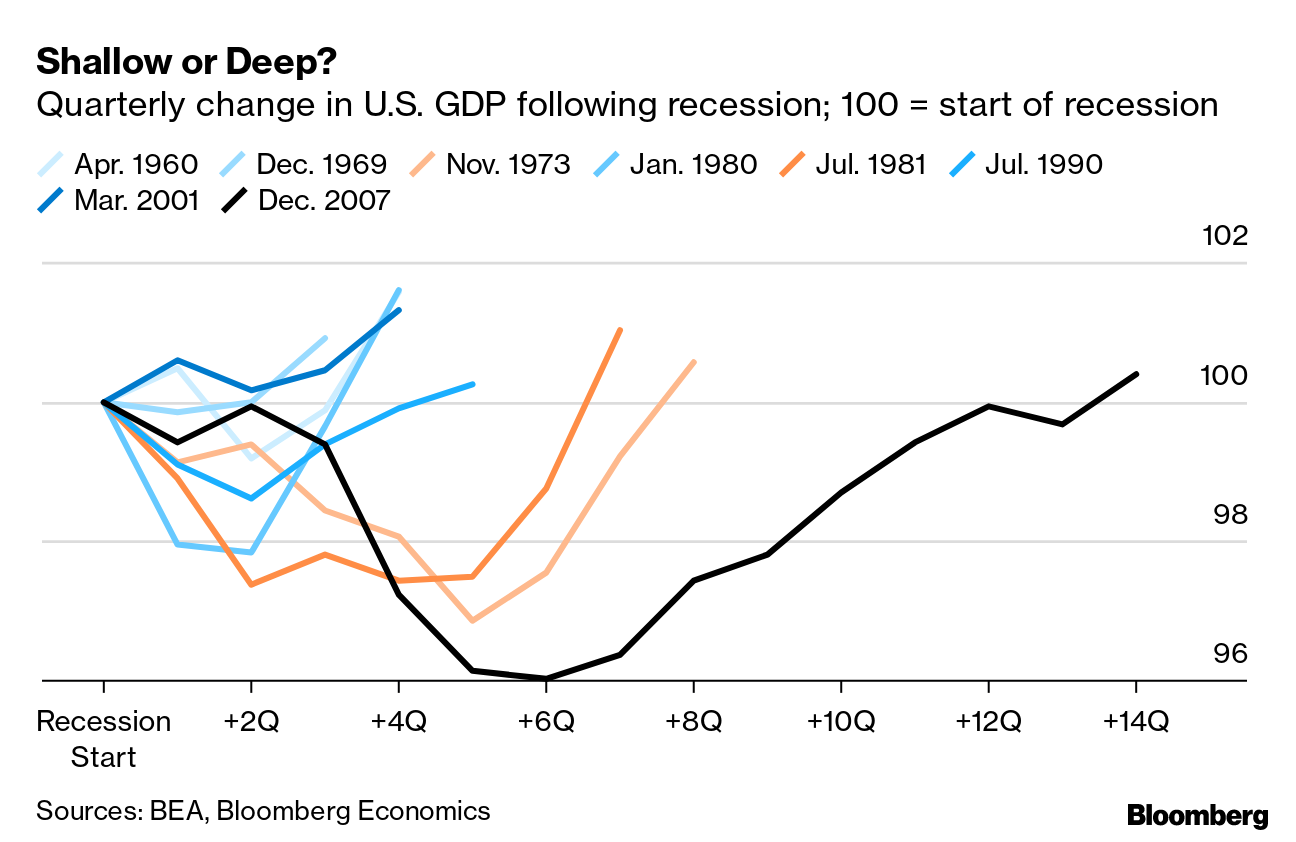The housing crisis is one of the most pressing issues facing the United States today, as increasing costs push homeownership out of reach for many individuals and families. Stagnating construction productivity and restrictive NIMBY land-use policies exacerbate this crisis, creating barriers to much-needed housing development. Moreover, the affordability of housing has seen a dramatic decline, with prices more than double what they were in the 1960s, making it difficult for young Americans to enter the housing market. As the housing market declines further, innovative solutions and policy reforms are needed to address the escalating homeownership challenges stemming from these systemic obstacles. By understanding the complexities of this crisis, we can work towards fostering a more equitable and accessible housing landscape for all.
The current housing affordability dilemma has reached a critical juncture in American society, characterized by skyrocketing prices that hinder the ability of many to acquire stable living conditions. This phenomenon, often referred to as the housing affordability emergency, is fueled by increasingly stringent local regulations and a slow-down in construction innovation, leading to smaller, less efficient building projects. As homeownership becomes more elusive, a significant portion of the population grapples with the consequences of declining access to quality housing. Whether termed a housing crisis or affordability emergency, the underlying challenges remain intertwined with land-use dynamics and the need for systemic reforms in the housing sector. Addressing these issues is essential to reversing the negative trends affecting housing markets nationwide.
Understanding the Housing Crisis in America
The housing crisis in America has reached alarming proportions, driven by a combination of high demand and inadequate supply. As the population grows, so does the need for affordable housing options, yet the mounting costs of construction continue to rise. With home prices outpacing wage growth, many individuals find themselves priced out of the market. Stricter zoning laws and NIMBY land-use policies further exacerbate this issue, limiting the ability of builders to meet the growing demand for homes. This complicated landscape reveals how increasing regulations are not only affecting construction productivity but also fuelling a nationwide struggle for housing affordability.
Moreover, the current housing landscape reflects broader societal changes and economic patterns. In the past, significant advancements in construction allowed builders to meet growing demands through mass production techniques. However, as production powers declined due to county regulations and localized objections to development, the average size of housing projects shrank. Smaller-scale operations struggle to innovate and implement cost-saving efficiencies, which ultimately leads to higher prices for consumers. This cycle is deeply entrenched in a lack of political will to reform regulations, leaving many Americans unable to realize the dream of homeownership.
The Impact of NIMBY Land-Use Policies
NIMBY land-use policies play a significant role in contributing to the housing crisis, as they often reflect the desires of established residents to maintain the status quo at the expense of necessary development. These policies can impede the construction of new housing, especially in urban areas experiencing intense demand. When local residents protest against new developments, citing concerns about congestion, environmental impact, and changes to neighborhood character, they inadvertently restrict access to affordable housing options for newcomers and families seeking to stabilize their living situations. The effects ripple through the community, stifling economic mobility and exacerbating tensions between generations.
Furthermore, as regulations surrounding land use become more stringent, builders face numerous hurdles that reduce their capacity to deliver affordable homes. These challenges are evident in the declining number of large-scale housing projects, which historically allowed for mass production and economies of scale. As smaller firms take over, their limited resource pools diminish the potential for innovative methods that could drive down housing costs. This creates a situation where fewer homes are constructed, leading to increased competition for available units, thus exacerbating the crisis of housing affordability across the nation.
Analyzing Construction Productivity Trends
Over the decades, construction productivity has suffered from a pronounced decline, particularly since the 1970s when regulatory pressures intensified. A significant investigation reveals that, while other industrial sectors have seen substantial rises in productivity, the construction industry has lagged behind. Metrics such as housing starts per worker have plummeted by 40%, highlighting a critical shift that needs immediate attention. Understanding these productivity trends is essential as they reflect not just the economic health of the housing sector, but also the overarching quality of life for millions of Americans who rely on accessible housing.
The downturn in productivity can be largely attributed to the explosive growth of regulatory frameworks which have fundamentally altered the landscape of construction. The massive construction cycles that once characterized the industry, exemplified by developments like Levittown, have become relics of the past. Today’s construction scene is marked by smaller projects that directly constrain operational efficiencies and hinder the development of innovations. This stagnant approach inevitably leads to higher construction costs, which perpetuates the cycle of unaffordable housing for Americans who seek to own homes.
Homeownership Challenges in America
The pursuit of homeownership has become increasingly complicated for many Americans, particularly younger generations. As the structures surrounding housing affordability evolve, an entire demographic faces the challenges of skyrocketing home prices, inadequate inventory, and flagging incomes. The combination of these factors results in a daunting financial landscape where the dream of owning a home feels out of reach. The decline in homeownership rates has sparked concerns over intergenerational wealth transfers, as older homeowners accumulate wealth while younger families are locked out of potential equity growth.
Furthermore, the enduring impacts of NIMBY policies complicate this prospect even more. By restricting new developments and creating barriers to entry in many desirable neighborhoods, such policies erect walls that prevent young families from accessing affordable housing options. As these regulations remain entrenched within local governance, it exacerbates the generational disparity in homeownership, where established homeowners gain from an inflated market while newcomers struggle with mounting debt and stagnant wages.
Exploring Economic Implications of Housing Affordability
The economic ramifications of the housing affordability crisis are profound, stretching beyond individual homeownership challenges to impact entire communities and national economic health. The decline in construction productivity and the tight housing market have led to a situation where fewer homes are being built, while demand continues to rise unchecked. This imbalance contributes to rising rental prices and property values, which encumber economic mobility and threaten consumer spending, as individuals allocate more of their income to housing costs instead of other goods and services.
Moreover, this lack of affordable housing can suppress local economic growth. When people are unable to secure homes, they are often forced to move further away from job centers, increasing commuting times and lowering overall productivity. Areas with high housing costs face difficulties attracting and retaining a skilled workforce, which undermines business investment and stifles innovation. The ongoing struggles surrounding housing affordability thus represent not just a personal issue but a significant challenge to the country’s economic stability and future prosperity.
The Role of Innovation in Housing Construction
Innovation has historically been a driving force behind productivity in various sectors, and the construction industry is no exception. However, the onset of strict land-use regulations and a fragmented approach to housing development have led to stagnation in construction innovation. It is crucial to evaluate how the adoption of novel building techniques, material advancements, and efficient design could reshape the housing market. As the construction industry continues to grapple with rising costs, a shift in focus towards innovative practices will be essential for rebuilding momentum and addressing the needs of a growing population.
Ultimately, encouraging innovation in housing construction requires collaboration among builders, policymakers, and communities. Addressing NIMBY land-use policies will play a critical role in allowing for more significant developments that can leverage economies of scale through modern construction methodologies. By fostering a culture that embraces innovation and flexible regulations, the housing sector can move toward sustainable solutions that not only facilitate affordability but also enhance community development and resilience.
The Future of Homebuilding in a Post-Pandemic World
As we move forward in a post-pandemic world, the future of homebuilding holds much potential but also faces notable challenges. The pandemic accelerated remote work, shifting demographic trends and increasing demand for suburban and rural housing. Builders must adapt to these changing preferences while still grappling with high land and material costs that hinder affordability. The integration of technology-driven solutions in the homebuilding process can streamline operations and improve project efficiency, making it vital for builders to invest in these developments.
Moreover, the lessons learned during the pandemic emphasize the need for resilient housing designs that accommodate future uncertainties. The shift toward multi-functional spaces and sustainable building practices can attract a broader audience looking for comfort and practical living spaces. However, without essential reforms in land use regulations, the construction industry will continue to face barriers to meeting these evolving demands. Adapting to today’s requirements while fostering an environment that encourages responsible development is essential for the future of homebuilding and overcoming the current housing crisis.
Collaborative Efforts Towards Affordable Housing Solutions
Addressing the housing crisis requires a collective effort from various stakeholders, including local governments, developers, and citizen groups. Initiatives that promote collaborative planning and community engagement can lead to innovative solutions that balance the needs of current residents with the demand for new housing. Notably, aligning goals to create affordable housing amidst NIMBY sentiments can pave the way for more extensive development projects that benefit entire communities rather than a select few.
Furthermore, establishing public-private partnerships can help bridge the gap between regulatory challenges and construction productivity. By encouraging investment in large-scale developments that adhere to community standards while prioritizing affordability, these partnerships can yield tangible results in alleviating the housing crisis. Over the long term, a commitment to engaging in constructive dialogue and exploring flexible housing policies can foster an environment where sustainable and affordable homes can thrive.
Combating Intergenerational Wealth Inequality Through Housing Policy Reform
The ongoing housing crisis has highlighted critical concerns surrounding intergenerational wealth inequality in America. As homeownership becomes increasingly unattainable for many first-time buyers, the gap between wealthy homeowners and those without property continues to widen. Policymakers must consider reforms that address these disparities and create pathways for new buyers to enter the housing market. Implementing policies that facilitate affordable housing construction can help to level the playing field and promote equity among different socioeconomic groups.
Moreover, addressing this inequality involves more than just expanding access to affordable homes; it requires revisiting the financial systems that underpin homeownership. Programs that assist with down payments, alongside community land trusts and affordable housing initiatives, could empower future generations to secure homes and begin building their own wealth. A multi-faceted approach that recognizes the complexities of the housing market can lead to lasting changes that foster economic mobility and lessen the impact of entrenched wealth disparities.
Frequently Asked Questions
How do NIMBY land-use policies contribute to the housing crisis?
NIMBY land-use policies, or ‘Not In My Backyard’ regulations, often restrict the construction of new housing developments due to community opposition to changes in local environments. These regulations typically increase the cost of housing and restrict supply, leading to a housing affordability crisis as fewer homes are built and existing homes become more expensive.
What are the main challenges in achieving housing affordability amidst the housing crisis?
The housing crisis has led to severe homeownership challenges, primarily driven by rising construction costs, restrictive land-use policies, and a shortage of affordable units. Researchers indicate that increases in land-use regulations have significantly reduced the productivity of the construction sector, further exacerbating housing affordability issues.
In what ways does construction productivity impact the housing crisis?
Declining construction productivity directly influences the housing crisis by increasing the cost of new homes, which makes homeownership less attainable for many. A study noted that from 1970 to 2000, construction productivity dropped significantly, resulting in higher prices for new housing, thus contributing to the overall affordability crisis.
How has the housing market decline affected homeownership opportunities?
The housing market decline has diminished homeownership opportunities, especially among younger buyers. As housing prices have skyrocketed, many families now face challenges in purchasing homes, with the affordability gap widening over the past few decades, effectively sidelining many would-be homeowners.
What role does innovation play in addressing the housing crisis?
Innovation in the construction sector is crucial for resolving the housing crisis as it can lead to more efficient building methods, reducing costs and increasing output. However, stagnation in construction innovations, largely due to NIMBY policies and smaller firm sizes, has impeded the industry’s ability to provide affordable housing solutions.
| Key Point | Details |
|---|---|
| Impact of Land-Use Controls | Stricter land-use regulations hamper productivity and innovation in housing construction, exacerbating the housing crisis. |
| Rising Home Prices | The price of new single-family homes has more than doubled since 1960, making homeownership increasingly difficult for many Americans. |
| Decline in Construction Productivity | From 1970 to 2000, construction productivity dropped by 40%, contrary to other sectors that experienced growth. |
| Role of NIMBYism | ‘Not in my backyard’ policies prevent large-scale home-building projects, thus limiting the construction of affordable housing options. |
| Sociocultural Shift | Homeownership wealth disparity has widened, reflecting a broader shift in intergenerational wealth transfer. |
| Stagnation of Innovation | Patent levels in the construction sector have significantly lagged behind other industries since the 1970s, affecting advancements in building methods. |
Summary
The housing crisis has emerged as a pressing issue affecting millions of Americans today. Stricter land-use regulations coupled with rising home prices and declining productivity in the construction sector have created a perfect storm for housing affordability. Furthermore, NIMBYism has hindered large-scale projects, limiting the availability of affordable homes. As the disparity in homeownership wealth continues to widen, it is crucial for policymakers to address these challenges to pave the way for a more accessible housing market.



